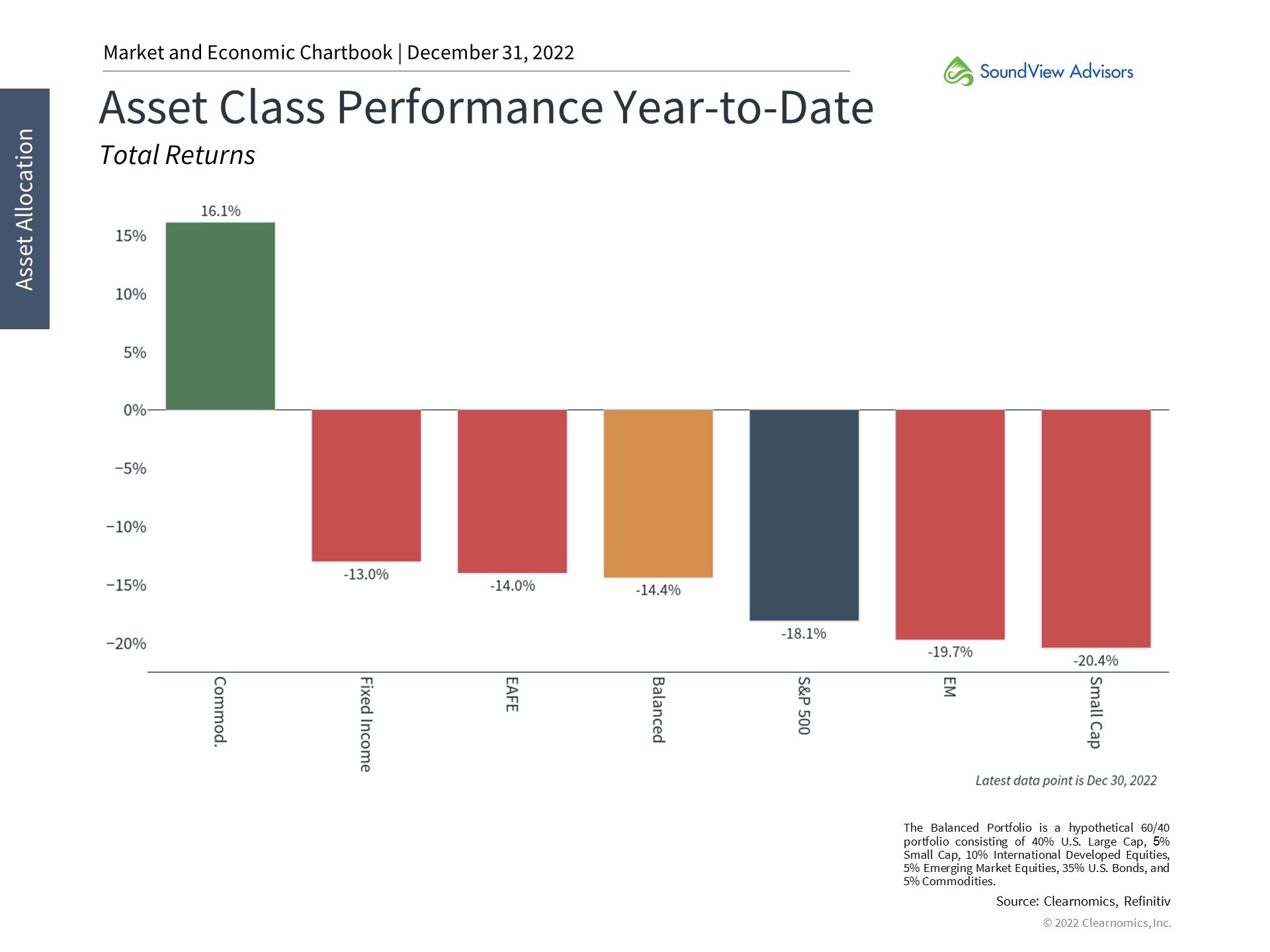Hopefully, we have communicated to you at some point in our journey together that you can think of interest rates and the values of existing bonds as being on opposing sides of a playground teeter-totter. When rates go down, bond values go up - and vice versa. So, as you would think could have been anticipated, as the Federal Reserve began pushing interest rates up, those longer-term bonds of SVB’s started declining in value. This is only a problem if you need the money before the bonds mature. In SVB’s case - they did. Withdrawal of deposits began leaving the bank faster than the bank’s management had planned for, and the bank had to raise cash by selling bond investments at big losses. Cue the music for the federal government taking over SVB on Friday, March 10th, and a bank with some similar characteristics on Sunday, March 12th (Signature Bank in New York, a major player in banking for cryptocurrency companies).
There is much more to say than we can in this space (or than you want to hear from your financial planners!) about these events and their implications, and plenty of blame to go around for these bank failures - the second (SVB) and third (Signature) largest in US history (the 2008 collapse of Seattle-based Washington Mutual was the largest). Because our economic system is complex and linked in ways you might not initially expect, there are also broader implications for the Federal Reserve and their future actions directed toward reducing the rate of inflation.
For today, let’s note just a couple of takeaways.
First, concerning something we do. As noted above, SVB’s investment portfolio had an inappropriately-long duration. Duration is a way to measure a bond portfolio’s reaction to interest rate changes. It’s largely related to maturity, but also incorporates factors such as coupon rates, yields, and call features. It’s incomplete, and not the only measure of potential volatility.
Still, duration is a useful rough measure of exposure to interest rate changes: if a portfolio has a duration of 5, and market interest rates increase by 1%, the bond portfolio will decline in value by about 5% (if the duration is 10 and the market rates go up by the same 1%, the portfolio would decline about 10%). It works the same in reverse, so if rates are going down, you’ll benefit more if your bond portfolio has a longer duration.
We have been reminding you recently that we are keeping client bond portfolio durations pretty darn short. As interest rate increases slow, we plan to lengthen duration modestly to buy a little less “insurance” against future rate increases, but we will continue to take a conservative stance on bond duration - which we feel is appropriate risk management in this environment!
Next, something for you to consider - FDIC Insurance. Not many of you reading this need to have over $250,000 in a bank account. IF you do, there are good approaches to making sure YOUR deposits are fully-insured. This includes multiple accounts at a single institution: a married couple could have $500,000 in a joint account, $250,000 in one partner’s name, and $250,000 in the other partner’s name, and the combined $1,000,000 at a single bank would ALL have FDIC insurance. Another approach is using multiple banks: we have clients who use tools that automatically move funds among online banks, and FDIC insurance coverage can be a factor that tool incorporates. If you’re curious about your FDIC coverage, here’s a useful calculator you can confirm your current FDIC coverage with.
In summary, we believe you can have confidence in the safety of the funds in your bank accounts.
As always, if you have specific concerns about your situation, please reach out to your advisory team.










































